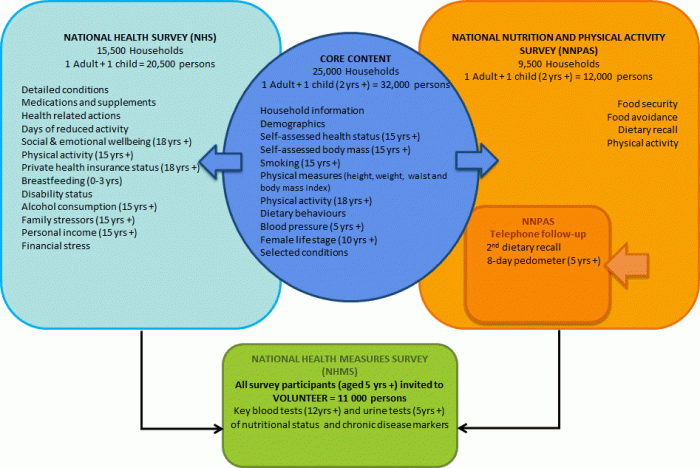This publication presents information on Australians' consumption of dietary supplements from the 2011-12 National Nutrition and Physical Activity Survey (NNPAS) component of the 2011-13 Australian Health Survey (AHS).
While it is recognised that it is best to obtain nutrients from a balanced diet, it may be necessary for some people to take dietary supplements to increase their nutrient intake¹. Analysis in this publication provides a picture of the effect of dietary supplements on total intakes of various vitamins and minerals across the Australian population based on intakes of supplements from the first 24-hour food recall in the survey (i.e. Day 1).
This publication complements information on usual nutrient intakes, which were modelled using two days (i.e, Day 1 and Day 2) of reported consumption of foods and beverages in NNPAS and published in Australian Health Survey: Usual Nutrient Intakes, 2011-12 (cat. no. 4364.0.55.008). It measured levels of nutrient adequacy in the population assessed according to what people 'usually' eat and did not include the contribution of supplements to nutrient intakes. See Day 1 / Day 2 intake in the Glossary for more information.
